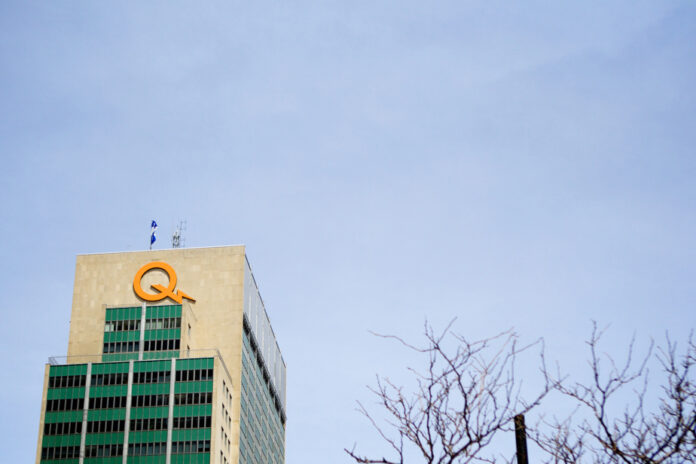The six wind projects selected by Hydro-Québec to increase its electricity supply will generate major investments estimated at between $2 and $3 billion over the next two years for the construction of hundreds of wind turbines in eastern Quebec.
The Eastern Energy Alliance, a group of 209 communities in eastern Quebec, has seen three of its wind farm projects selected by Hydro-Quebec.
This is excellent news, commented Michel Lagacé, president of the Alliance de l’énergie de l’est, which had submitted a total of six projects during a call for tenders launched by Hydro-Québec to increase its supplies. in electricity.
Hydro-Québec chose seven projects from the 24 submissions received, for a total of 1,300 megawatts.
One of the projects selected comes from Hydro-Québec itself, which will supply 159 megawatts produced by its existing plants. The Crown corporation will also co-own a wind farm for the first time, in partnership with the Alliance de l’énergie de l’est and EDF in a 270 megawatt project located in the Madawaska region, near the New Brunswick border.
This direct investment in a wind project is a new avenue of development for Hydro-Québec, according to its spokesperson Maxence Huard-Lefebvre. “This is an opportunity to generate incremental revenue from wind projects, such as with our generation assets,” he explained.
The Eastern Energy Alliance, Hydro-Québec’s partner in this project and promoter of two other selected projects, will build three wind farms totaling 800 megawatts.
These three projects will require investments of 2 billion, according to the president of the Alliance, Michel Lagacé. That’s a lot of money for the cities and small communities in the group, he agrees, but the debt will be split between the Alliance and its private partners like Vestas and EDF, the wind turbine builders who are parties to the bids.
Innergex, whose wind project in partnership with the Mi’gmaq community of Gaspésie was selected, estimates that the investment to build the 102 megawatt park will be 277 million.
The energy of the selected projects must be available in December 2026.
The seven projects selected by Hydro-Québec will provide electricity at an average cost of 6.1 cents per kilowatt hour, a price that does not include the transmission and distribution of energy to the consumer. This is twice as high as the average cost of existing Hydro-Quebec plants, which is about 3 cents per kilowatt hour.
All the projects selected are wind projects, with the exception of Hydro-Québec, which will supply 159 megawatts from its existing power plants.
This is proof that wind energy is a mature technology and the one that can best meet the current demand for renewable energy, says Gabriel Durany, president and CEO of the Association québécoise de la production renewable energy (AQPER).
Only one solar project had been submitted, that of Groupe Stace in Matane, which was not selected. Two other small power plant projects have also been ruled out.
The price necessary to make a wind project profitable, around 6 cents per kilowatt hour, stable for a few years, can no longer go much lower, according to the president of AQPER.
In fact, since everything has gone up in recent months, the average price of 6.1 cents per kilowatt-hour that Hydro-Québec will pay means that wind energy is increasingly advantageous compared to other sources of production, he says.





